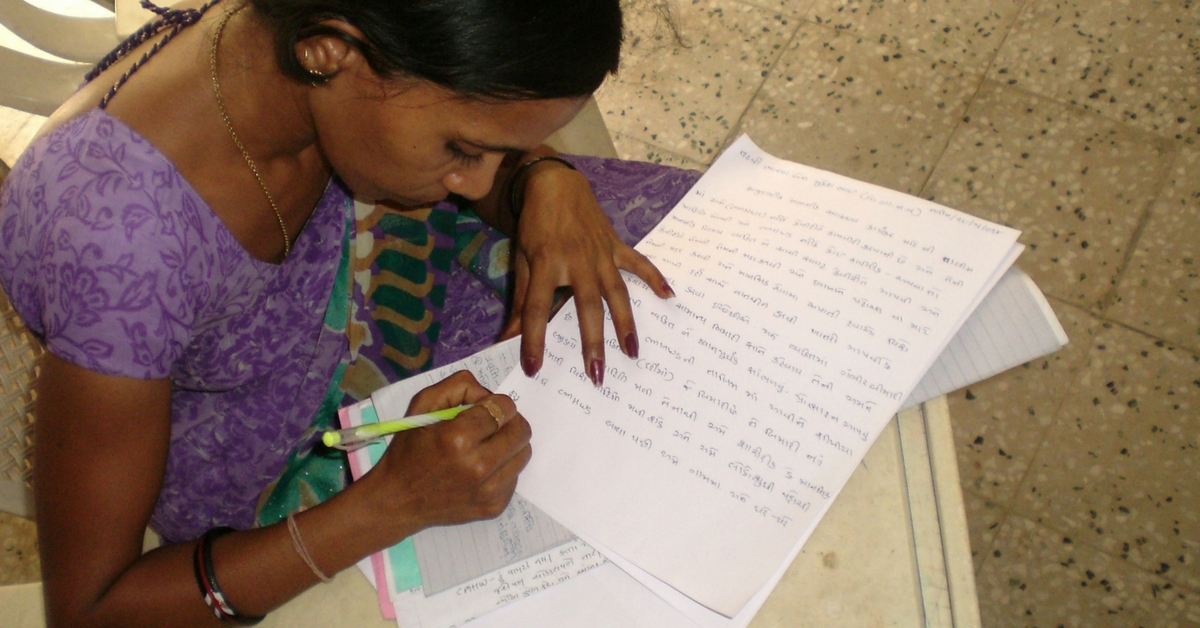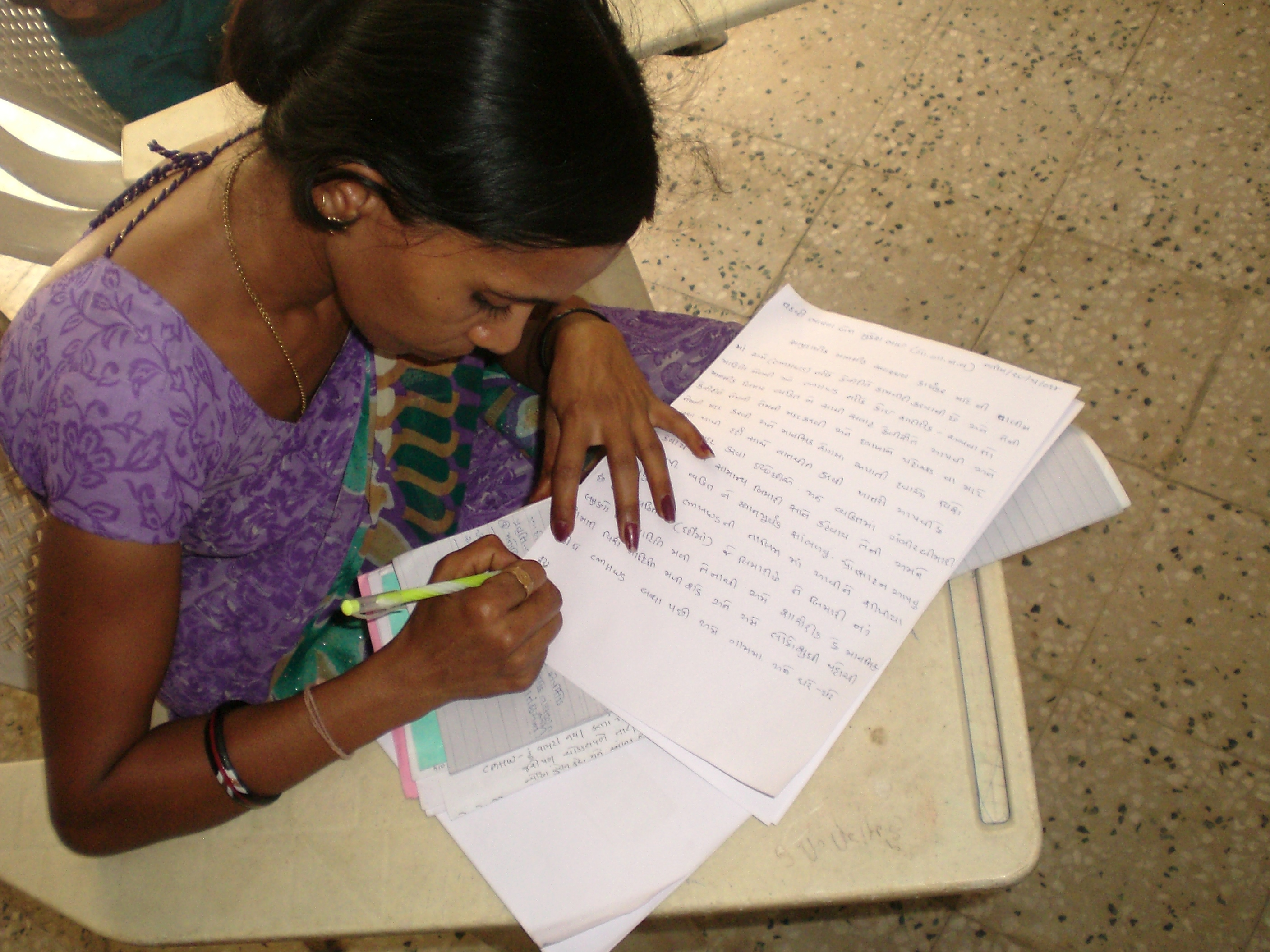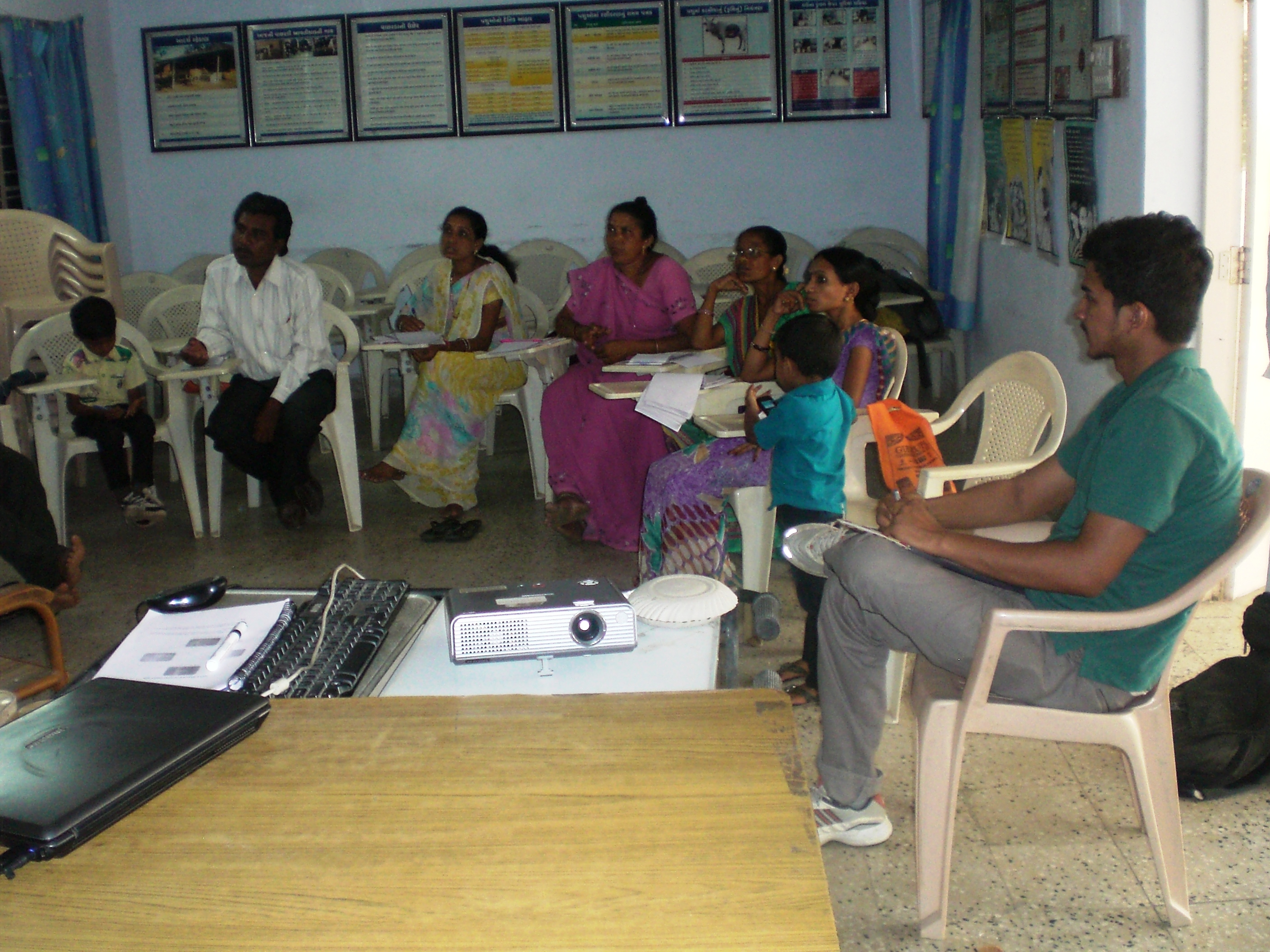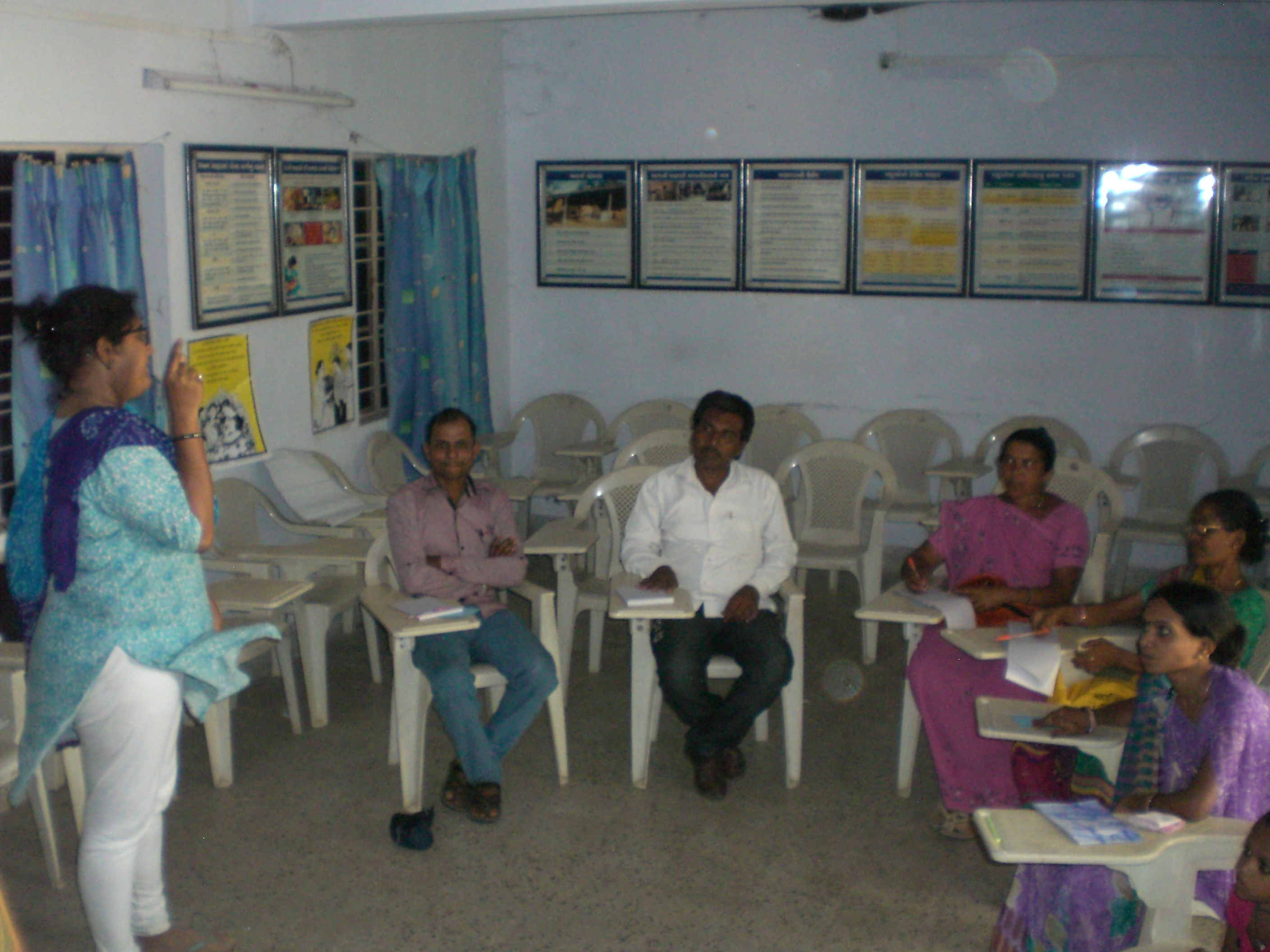TBI Blogs: For 60 Years, Healthcare Workers Have Been Helping India’s Villages Battle Mental Health Issues
The mental health scenario in rural India needs specialised and local intervention to effectively tackle issues, and community mental health workers are the vanguard of this movement.

In India, mental disorders are experienced and understood in a different way as compared to the Western and other Eastern countries. Even within India, there is diversity in the approaches towards mental illnesses, and the greatest contrast is seen between the urban and rural expanses.
India is a blend of individualistic and collectivistic cultures, and community living is one of the most identifiable features of Indian living. The family and community serve as a large support system for individuals, and especially for those suffering from illnesses (mental and physical). Family members and society are the caretakers/care-givers in rural communities, where the village thrives as one large family and treatment resources are scarce.
The history of community mental healthcare dates back to 1954, when the All India Institute of Mental Health was established in Bangalore (under the Bhore committee) and Dr. Vidhya Sagar involved the family members of those suffering from mental illnesses in the management through an open tent pitched in the hospital campuses, as institutionalized treatment for mental health treatment was deemed important.
However, in the late 1960s and 1970s, it was realized that long term institutional care for mental illnesses was neither desirable nor feasible, since the institutional set-up catered to merely 20-30 % of the patients who required mental health care. It was then that the deinstitutionalized movement took place and brought the modality of mental healthcare to the community (from the hospitals or institutions).
Community care, since then, has been emphasized and worked upon in order to treat and rehabilitate people battling mental health issues. Community care, in essence, meant the setting up of community psychiatry units in order to reach and treat many more people.
However, till date, treatment gap remains an issue, not only in India but in several other countries.

In India, mental illnesses share 6 % of the health burden, a mere 1.2 % of GDP is for the mental health budget, and poor infrastructure is an endemic problem. Hence, the treatment gap for mental health provisions heightens due to the limited professional help available to provide mental healthcare. The treatment gap in India is particularly large. In some rural areas, there is often just one doctor per 30,000 people.
The Community Mental Health Workers (CMHWs) serve as an asset that can help bridge the crisis of the treatment gap. Community mental health (CMH) is a pattern of mental health, mental healthcare, and other services for people suffering from mental illnesses.
CMH is a model of treatment that helps reduce the burden of mental illnesses by providing affordable care to people distressed with mental health issues. CMHWs are able to reach out to many more people in the community who can’t get treatment due to several reasons such as lack of accessibility to mental health clinics, financial limitations, and stronger beliefs in traditional treatment methods that fail to be adequate enough for betterment.
Community mental healthcare is more responsive to local needs, given its base in the context of the community.

Three resources are crucial in the development of the community mental healthcare movement in India:
- Realization in the western countries that institutional treatment of mental illnesses may rather be counterproductive, after having witnessed the social breakdown syndrome that resulted from long-term hospitalization.
- Institution-based psychiatric services are expensive, and low-income countries like India will not be able manage the manpower and resources necessary to deliver the services.
- A discovery in the poorer countries found that para-professionals and non-professionals could receive short innovative training in order to make them capable of providing reasonably adequate mental healthcare services.
Thus, these three factors influenced the community mental healthcare system in India, which continues to grow till date. Community mental health workers belong to the community and know the people and the context of their mental illnesses. They voluntarily take up the training with the goal of benefitting society. CMHWs bring mental healthcare at a more affordable and accessible rate for rural communities. Given that they belong to the community, people of these communities find the CMHWs more approachable, reliable, and empathetic.
The mental health training programme for CMHWs is usually a 4-7 day course. It aims to increase recognition of mental disorders and enhance appropriate response and referral. It also aims to support people with mental disorders and their families, and improve mental health promotion in communities. As part of the training, recruited people of the communities receive training to identify signs, recognize symptoms, and counsel patients.
They also provide socio-psychological support to the patients suffering from mental illnesses.

A general training programme for the CMHWs includes an introduction to mental health and mental disorders. It also includes mental health first-aid, practice-based skills, and mental health promotion. The facilitator’s manual provides:
- A plan for each training session, including the purpose, timing, and required materials.
- Background information for each session.
- A series of case studies that provide realistic scenarios, describing people possibly experiencing mental disorders.
- Suggestions for participatory activities and role-plays.
- Images and diagrams to assist in explaining concepts and frameworks.
The CMHW staff has high mental health literacy. Mental Health Literacy (MHL) is “knowledge and beliefs about mental disorders which aid their recognition, management, and prevention”. Studies in India have found poor mental health literacy among CMHWs. However, there are initiatives that can enhance the quality and depth of training for the CMHWs.
Some of the organizations providing quality training to CMHWs are Sangath, Goa, and The MINDS Foundation, Gujarat. This training has led to increase in the mental health literacy of the para-professional workers.
The MINDS Foundation reports, “CMHWs have demonstrated promising increases in awareness and treatment acceptance for mental health in rural Gujarat”.

Community mental health workers are a potential resource within rural communities of India that can bridge the treatment gap. Their ability to identify, manage, and prevent mental illnesses is a boon for low-income countries like India. The shift in paradigm of the rural mental health scenario in India indicates the success of such initiatives. Community mental healthcare will continue to grow to treat mental health illnesses.
Share your story with us, and join us in bringing Mental Health to all, by donating here.
Like this story? Or have something to share?
Write to us: [email protected]
Connect with us on Facebook and Twitter.
NEW: Click here to get positive news on WhatsApp!
This story made me
- 97
- 121
- 89
- 167
Tell Us More
We bring stories straight from the heart of India, to inspire millions and create a wave of impact. Our positive movement is growing bigger everyday, and we would love for you to join it.
Please contribute whatever you can, every little penny helps our team in bringing you more stories that support dreams and spread hope.



















